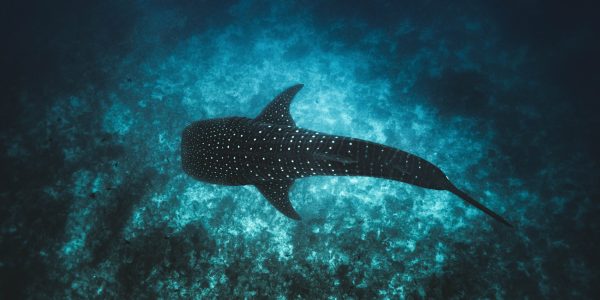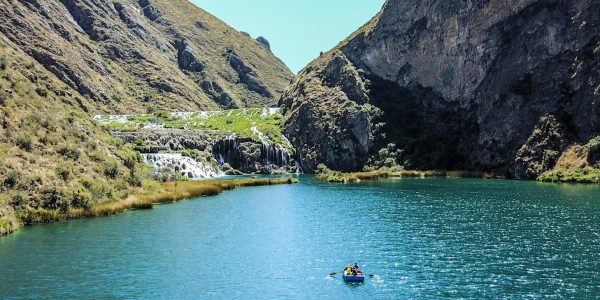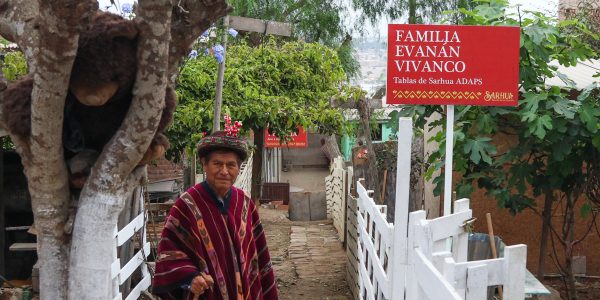#1 Laraos and its Pre-Columbian terraces
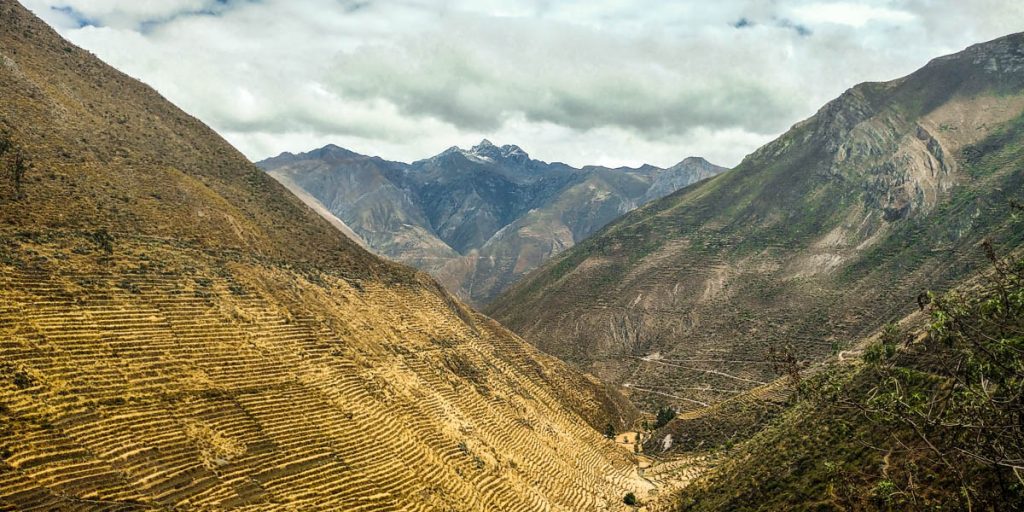
The village of Laraos is a unique Andean town surrounded by thousands of terraces that make it look like a gigantic amphitheater. The small town is located in the beautiful yet unexplored region of Nor Yauyos Cochas Landscape Reserve about 7 hours from the bustling city of Lima.
Walking through the stone stairs of the town and rustic houses adorned with figures of birds, flowers and hand-carved messages in their doors is a very pleasant experience, however, as you can perhaps imagine, what makes this place so special is its terraces and cultural heritage.
It’s not a surprise that agriculture is the main activity of Laraos. Working in the pre-Hispanic terraces together with the locals is a must-experience for the visitors. The local hosts enjoy teaching their new friends how to use the ancestral tool of Chaquitajlla and how the pre-Hispanic water-channels are still used to irrigate the crops of the different levels. Depending on the altitude and season, they could be cultivating potatoes, ollucos, ocas, mashuas, corn, barley, and other crops.
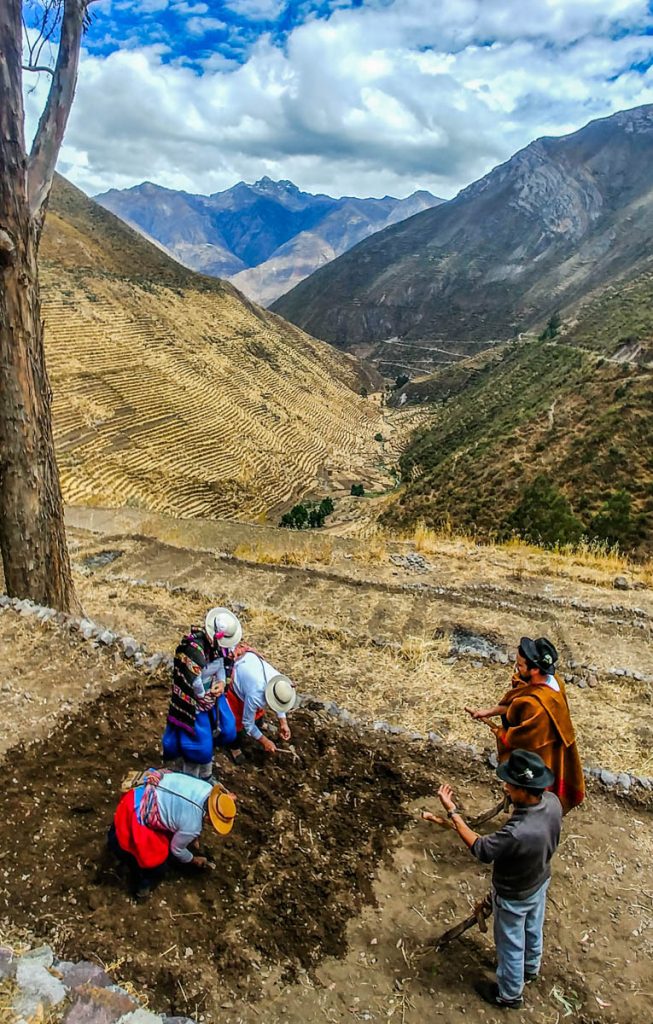
We recommend our travelers to take part in a pachamanca, a traditional culinary experience from the central Andes of Peru. Pachamanca is a cooking technique where the food is prepared underground using hot stones and leaves to separate the ingredients from the soil. This dish is a very symbolic meal in which we interact with the Pachamama or Mother Earth. Here you can participate in all the process from harvesting the potatoes to finding the right herbs and stones to prepare the artisanal oven and enjoying a delicious meal in the millenary terraces.
Overnight travelers can choose either to sleep in the small lodge owned by the community overlooking the seasonal lagoon which in dry season is transformed into a soccer field or opt for the basic but charming local homestays.
Although you can visit Laraos throughout the year, traveling in May is the best season not only because all the valley is green and crops are ready to be cultivated but because every year in mid-may the “festivity of the Water” or Limpia Acequia is celebrated. At this time of the year, the whole population of the town gets together to work on communal cleaning of kilometers of water channels from its origins in the highest mountains to the terraces at the bottom of the valley. The main idea is to clean, rebuild and strengthen the irrigation channels and terraces where the crops will be planted and marks the beginning of the harvesting season. It’s very interesting to see and maybe even help the local villagers in this communal work and to be part of this happy and colorful event with music, food, dances and a lot of hard communal work. This is a very authentic experience, not even known by most Peruvians!
For travelers staying longer in town, we can organize a visit to Quilcascas cave where it’s possible to observe cave paintings with scenes of herding, trapping and sacrificing of South American Camelids. We could also drive all the way to the Pumacocha lagoon, the most important trout production center of the entire Reserve where we’ll learn all the process from the breeding of the trout to its commercialization. For hikers, we could head towards the beautiful Shutjo canyon and hike down all the way to Laraos. Shutjo canyon is part of an old pathway used during the colonial times to transport the gold of the colony to Jauja, one of the most important economical centers of those times.
Laraos is also the gateway of many other amazing destinations within the Nor Yauyos Cochas Landscape Reserve, the most popular one being Huancaya with its kilometers of turquoise waterfalls, cascades and lagoons.
If you are a nature lover, you cannot miss a trip to Laraos, Huancaya and all the hidden secrets of the Nor Yauyos Cochas Landscape Reserve.
#2 La Jalca, warriors of the clouds
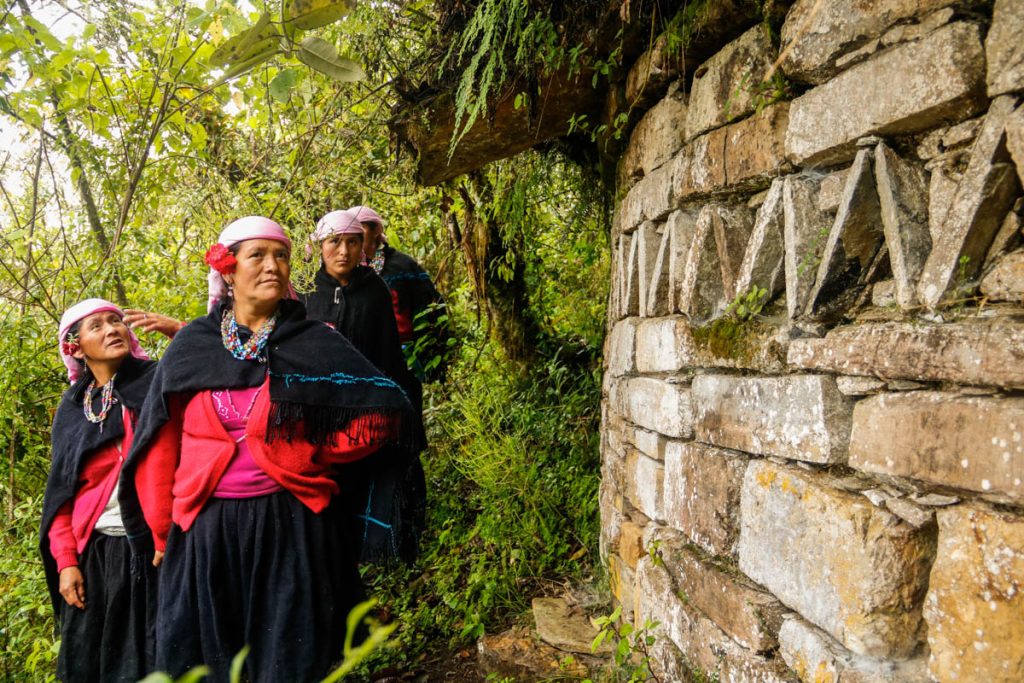
For travelers visiting the Chachapoyas area and willing to have an immersive experience with the locals we recommend spending a few days at the community of La Jalca located just 45 minutes drive from the Utcucamba valley.
La Jalca, is a picturesque and traditional village in the Amazonas region that has just started to receive visitors this year, so expect basic facilities but the most authentic experience you could imagine. This is not an experience for everyone but for those really seeking to get in touch with the customs and traditions and join the locals in their daily activities.
Along with your hosts, you can join a very interesting hike around the town to have a look at their interesting buildings and nearby unexplored sites. Ollape is a small yet unexplored Chachapoyas archaeological site within minutes walking distance from the town which will amaze you. There is still almost no research about the place, so travelers will feel they are a 16th century explorer while walking through the bushes to reach the Chachapoyas walls and archaeological site.

The weaving tradition is something special in this town, and your hosts will show and teach you the fascinating weaving techniques they use here for the production of their colorful clothes. The women use a large wooden loom to produce their hand-made textiles and wooden sticks for spinning the wool. Although it looks easy when it is practiced by the women of the community, after trying it by yourself you’ll see it’s hard work and a tough task. If interested, they can teach you how to produce a basket made of cabuya, a vegetable fiber as well. If it’s a sunny morning it’s fun to join the local ladies at the shores of the small river to hand-wash the bed linen and clothes in big natural rocks that have been carved by the erosion of the running water.
The community’s economy depends mainly on agriculture of self-consumption so expect to join the locals in activities related to working in the fields, preparing the lands, harvesting and planting. Maize, wheat, tubers, cacao, pumpkins, and sauco are among the most common agricultural products you’ll find in the area.
Best of all, the community is quite well located on a detour of 45 minutes from the main road that connects the most important attractions of the area such as the Kuelap fortress or the Leymebamba museum, so you can combine the highlights of northern Peru with a unique community based experience.
If you are an open-minded traveler looking for the unexpected, you should consider travelling to la Jalca. Ready to go?
#3 Viacha community, inheritors of ancestral traditions

A zigzagging 45 minutes drive from the popular Pisac market takes us to the small and less visited community of Viacha. Here, Julian and his family welcome travelers to show them their beautiful homeland and culture. Julian is passionate about natural medicine and has profound agricultural knowledge that has been passed from generation to generation. This area of the valley neighbors the so-called “Parque de la Papa”, (Potato Park), a group of communities whose aim is the conservation of the agrobiodiversity. This small region is home to 2300 of the almost 4000 varieties of potatoes known worldwide.
In Viacha, travelers can join Julian and their family in their daily activities, mostly related to agriculture and livestock, or we can organize some other enjoyable activities with your local hosts. Activities vary from culinary workshops, offerings to the mother Earth, hiking to the surrounding lagoons or learning how to build adobe bricks. All these activities are done together with your host and are a powerful way of supporting the local economy and the preservation of their traditions.
At night you can choose to sleep in Julian’s basic but pleasant homestay or enjoy a glamping experience in their garden to rest under the stars. This is a great option for travelers wanting to combine an authentic experience with the locals with a comfortable glamping experience.
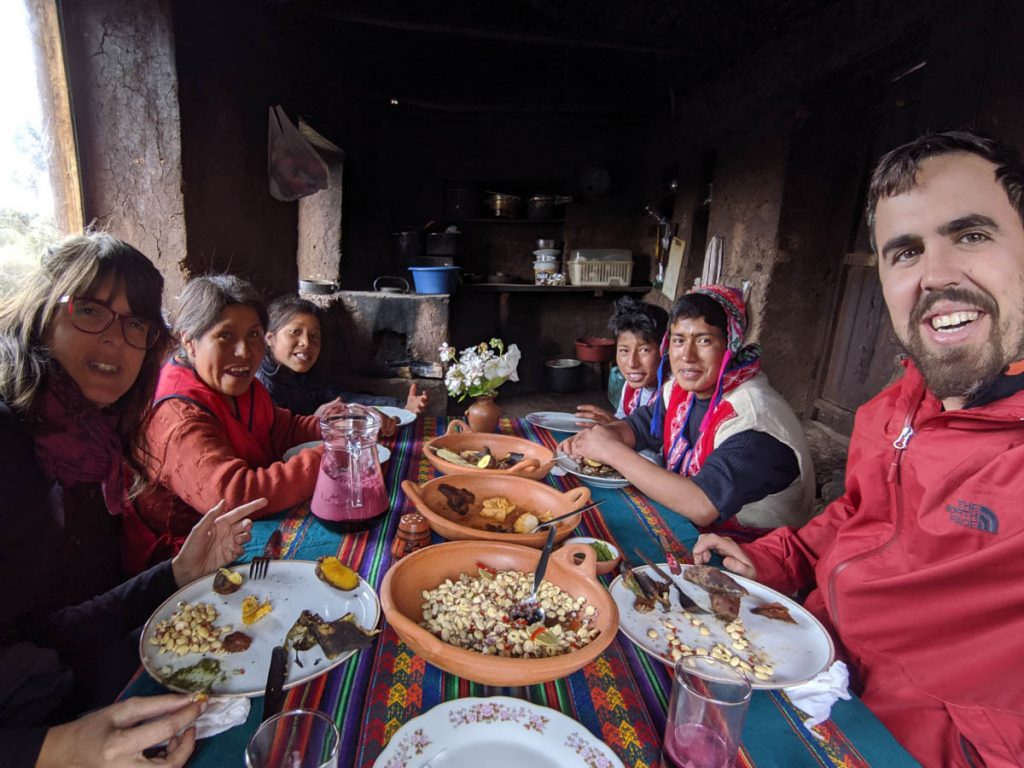
We recommend spending at least one night in Viacha, so you can really connect with your hosts and have an authentic experience. Once you are ready to continue your journey, we like to suggest a two-hour, downhill hike towards Pisac archaeological site. Hiking from the top is quite easy and gives a unique perspective of the valley and the Inca site. Best of all, you’ll be able to enjoy it without any tourists since this is an off-the-beat circuit.
Visiting Viacha means enjoying the natural landscapes, small canyons, rivers, lagoons as well as learning about its native flora and fauna. However, the most important attraction is the culture of the Andean people, their traditions and culture and a great opportunity to connect with the friendly inhabitants of the Andes.
#4 Pacompia family, Amantani’s heritage at Lake Titicaca

Yes, although Amantani and Taquile are the most popular destinations for visitors at Lake Titicaca, if organized properly, responsible tourism can provide sustainable development for the communities and a really authentic experience for travelers. The Pacompia family, well established in the Amantani Island for decades, is one of our most valuable partners here since they love going the extra mile to provide unforgettable experiences for our travelers. Working in the fields and learning about the agricultural practices while helping your local host harvest potatoes, wheat, quinoa and other local products is always a fun activity even though your contribution will be quite small, considering the fact that you will be at 3,600 metres above sea level.
Dario is an excellent fisherman, so waking up in the early morning and rowing in the calm waters to take out the nets is also an activity to consider. Although the island is not that big (approximately 9km2) there are many stone trails to enjoy hiking everywhere on the island while interacting with the local villagers. Pachatata and Pachamama are two ceremonial centers at the highest areas of the island from where you will have breathtaking views of the Lake. The early morning is a good option because there are fewer tourists, however, the red colors of the sunset in contrast with the deep blue lake is also impressive in the afternoon. On clear days you can even see the snow-peaks of the Cordillera Real on the Bolivian side of the Lake.
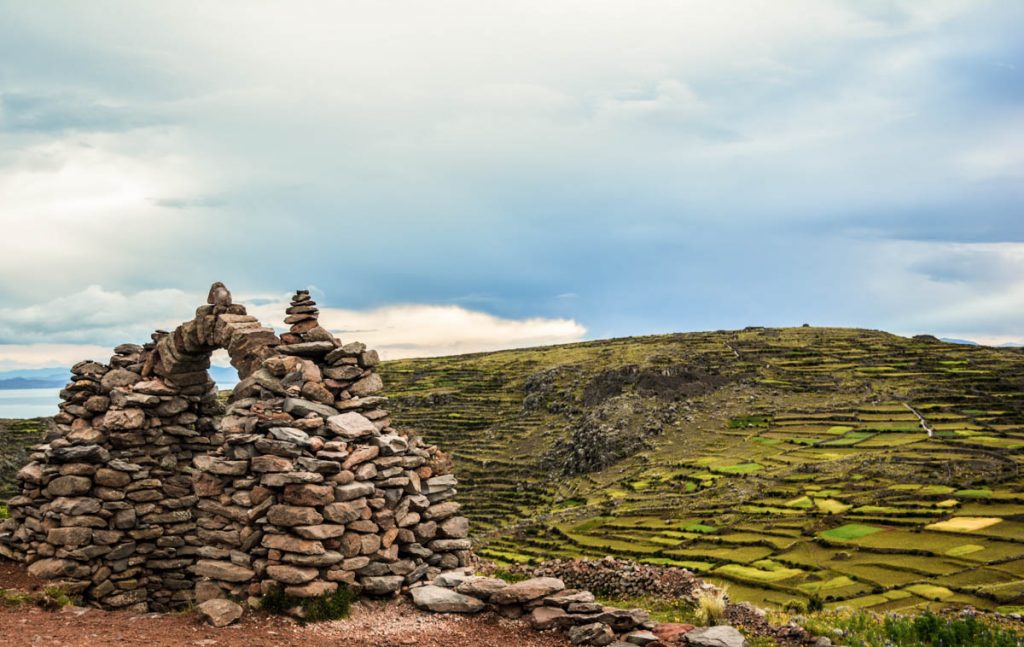
Staying with the Pacompia family at the Amantani Island is a good base to explore Lake Titicaca. From here you can depart on a day excursion to Taquile, well known for its textile heritage, or visit the less known Ticonata Island. You can also go on a kayaking adventure to Llachon to explore the Capachica peninsula or continue by boat all the way to Suasi Island.
#5 Misminay, textiles tradition, culinary experience and the best views of Moray

Misminay is an Andean community strategically located between the main attractions of the Sacred Valley of the Incas, which make it a very good option for travelers wishing to have a cultural experience and still visit the main highlights of the valley.
Although the community of Misminay is among the most popular options for community based tourism in the Sacred Valley, it is also the one offering the best quality of services and many immersive activities for travelers.
The culinary workshop is one of our favorite activities in which travelers get to learn how to prepare a typical meal using Andean products such as quinoa, alpaca or even uchucuta, the traditional Inca’s hot sauce grounded in an ancient batan. You can also join a hands-on class of chicha de jora making, an ancient fermented drink that was part of the Andean culture even before Inca times.
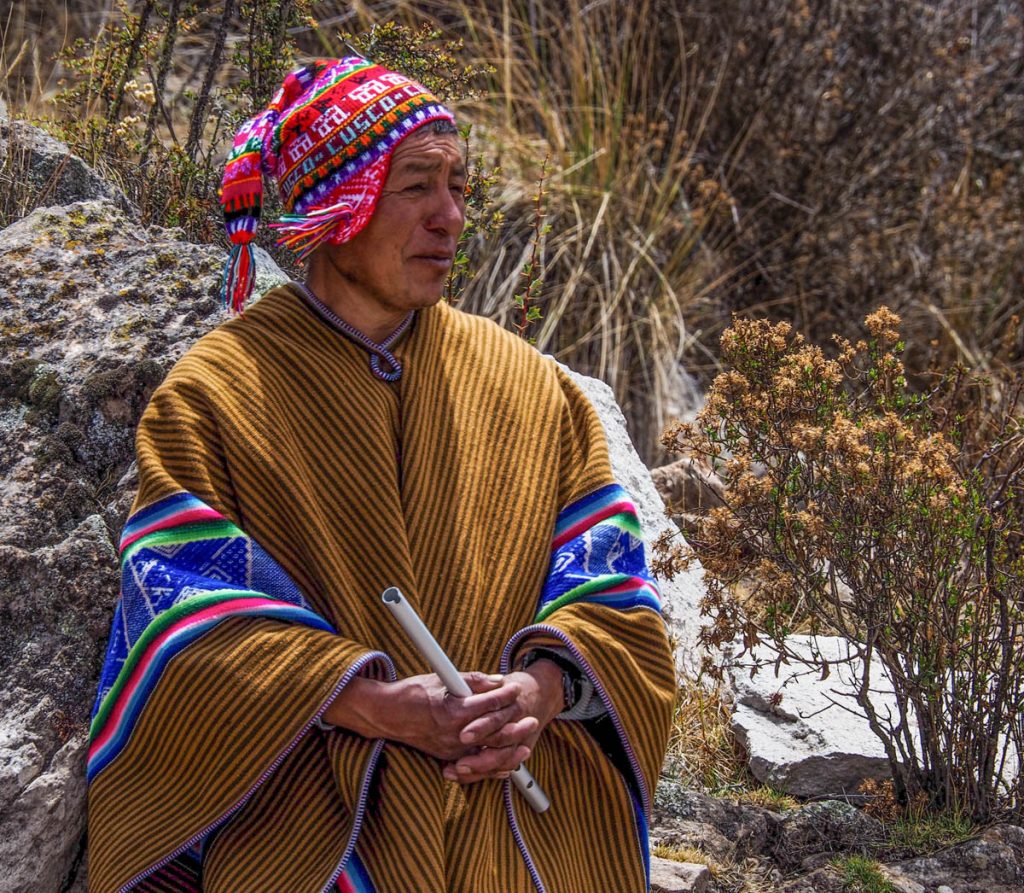
From Misminay you can also go for a short hike towards a less visited lookout from where you’ll get stunning views of the Moray terraces, the Maras plateau and the Vilcanota snow peaks in the background.
Other interesting activities in Mismimay are their textile workshops and a unique experience on how to build adobe bricks. Kids love this activity, since they will get dirty and have lots of fun while preparing the bricks.
For nature lovers, we strongly recommend spending the night in the community on a comfortable glamping below the starry night of the Sacred Valley of the Incas. You won’t regret it.


